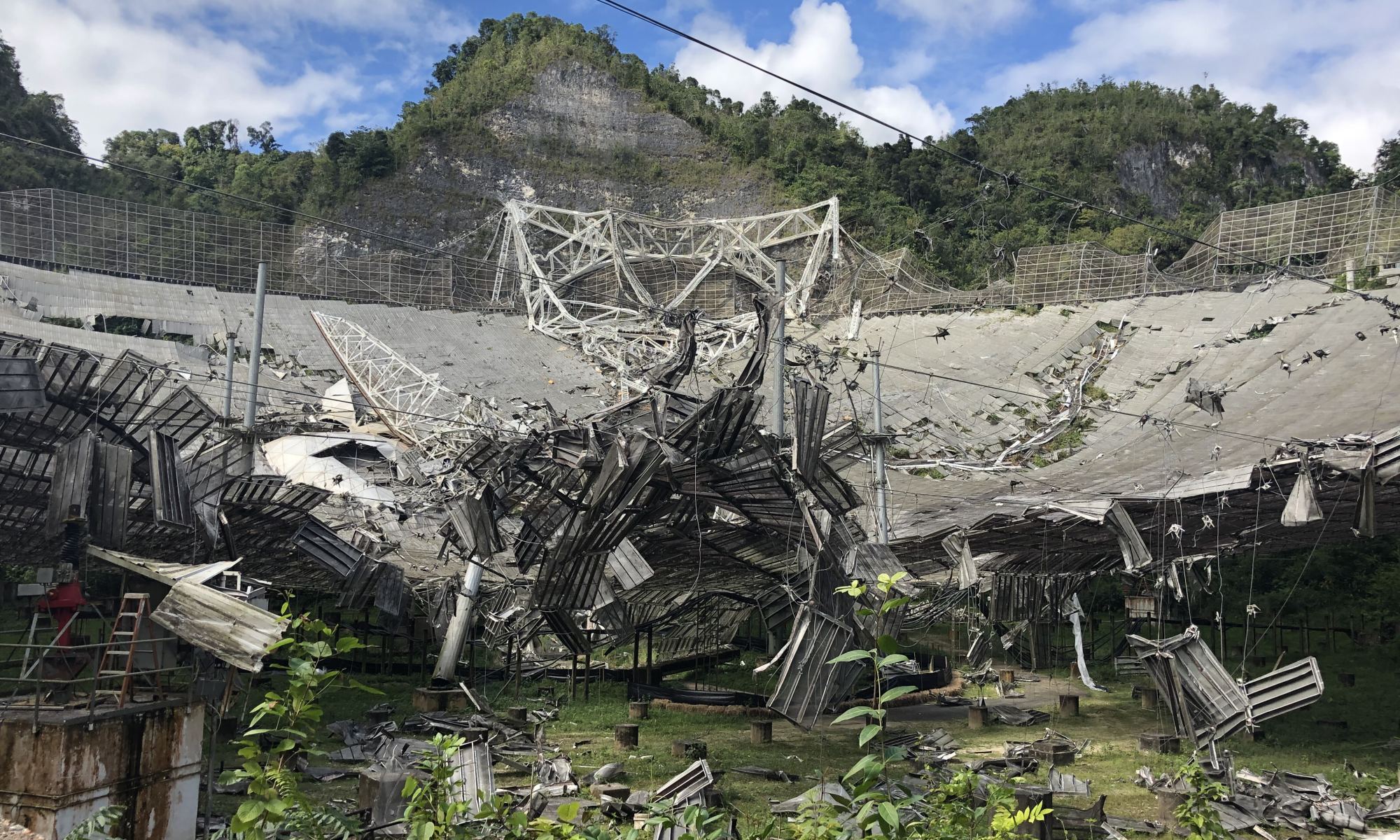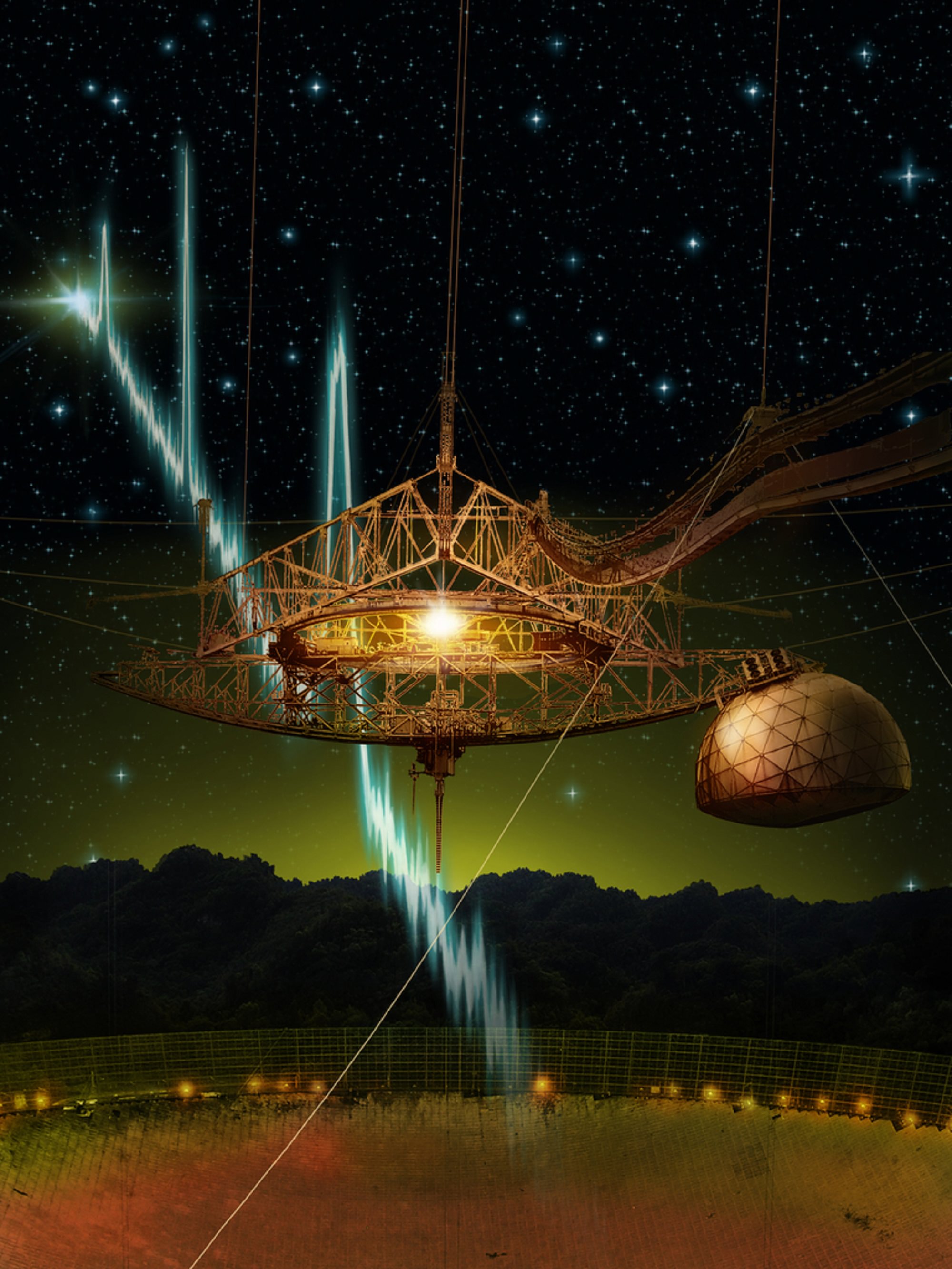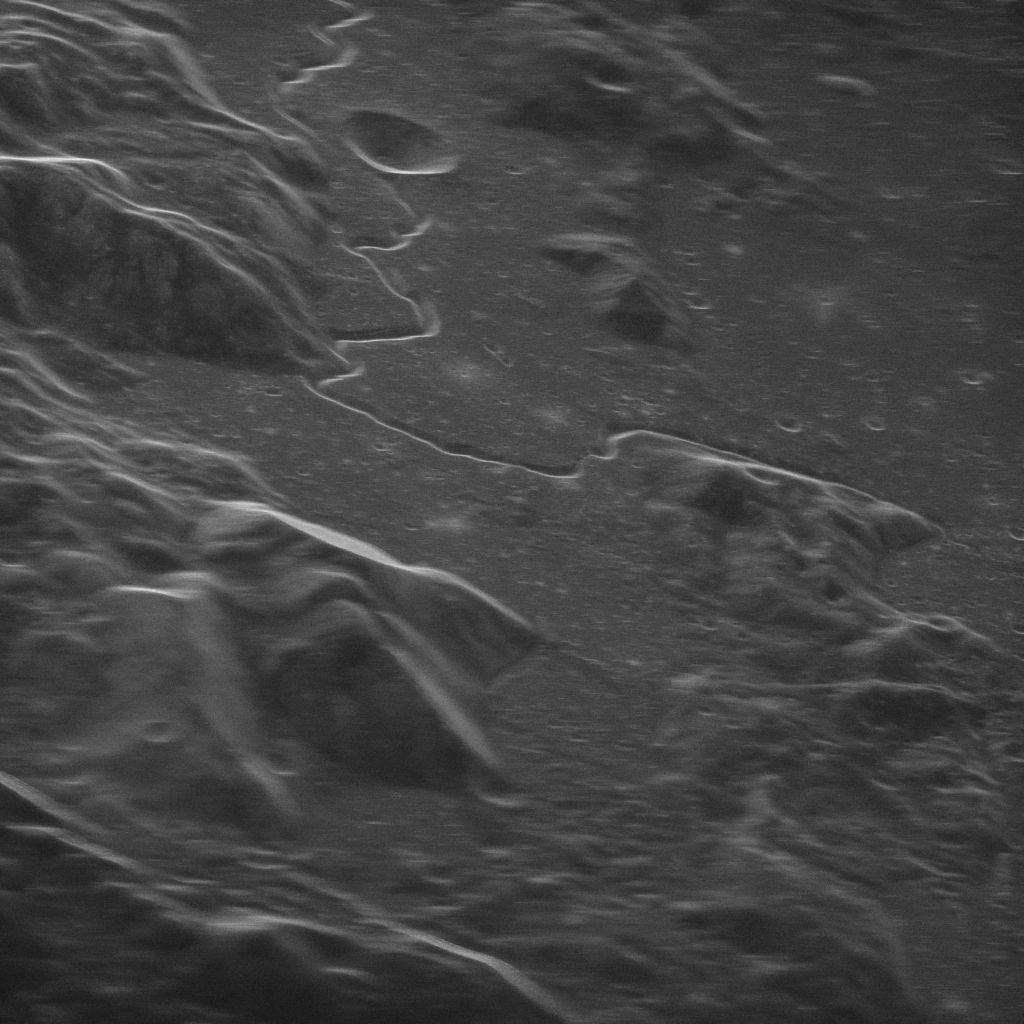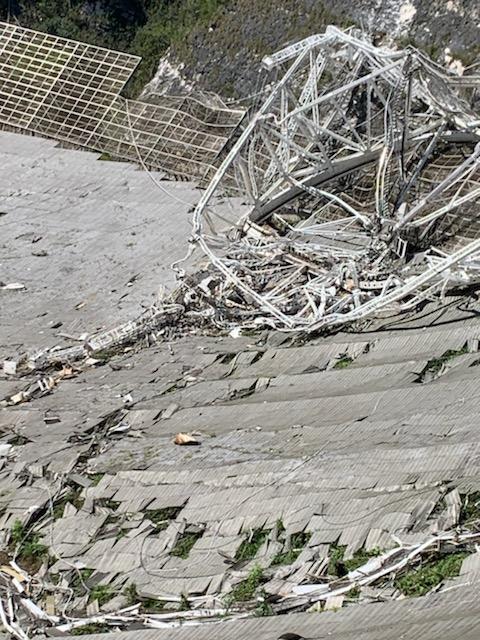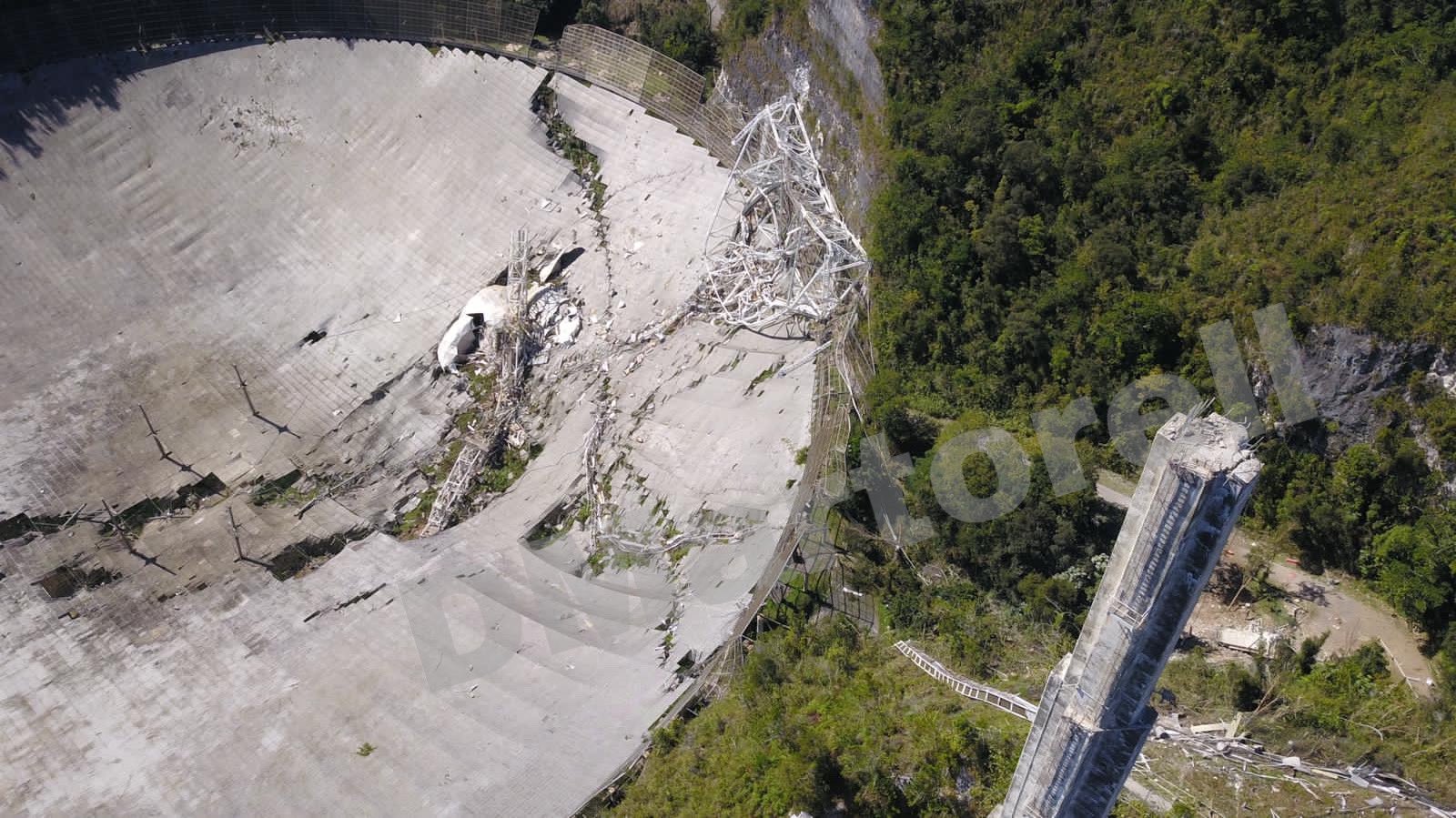In 1963, the Arecibo Observatory became operational on the island of Puerto Rico. Measuring 305 meters (~1000 ft) in diameter, Arecibo’s spherical reflector dish was the largest radio telescope in the world at the time – a record it maintained until 2016 with the construction of the Five-hundred-meter Aperture Spherical Telescope (FAST) in China. In December 2020, Arecibo’s reflector dish collapsed after some of its support cables snapped, leading the National Science Foundation (NSF) to decommission the Observatory.
Shortly thereafter, the NSF and the University of Central Florida launched investigations to determine what caused the collapse. After nearly four years, the Committee on Analysis of Causes of Failure and Collapse of the 305-Meter Telescope at the Arecibo Observatory released an official report that details their findings. According to the report, the collapse was due to weakened infrastructure caused by long-term zinc creep-induced failure in the telescope’s cable sockets and previous damage caused by Hurricane Maria.
Continue reading “New Report Details What Happened to the Arecibo Observatory”


